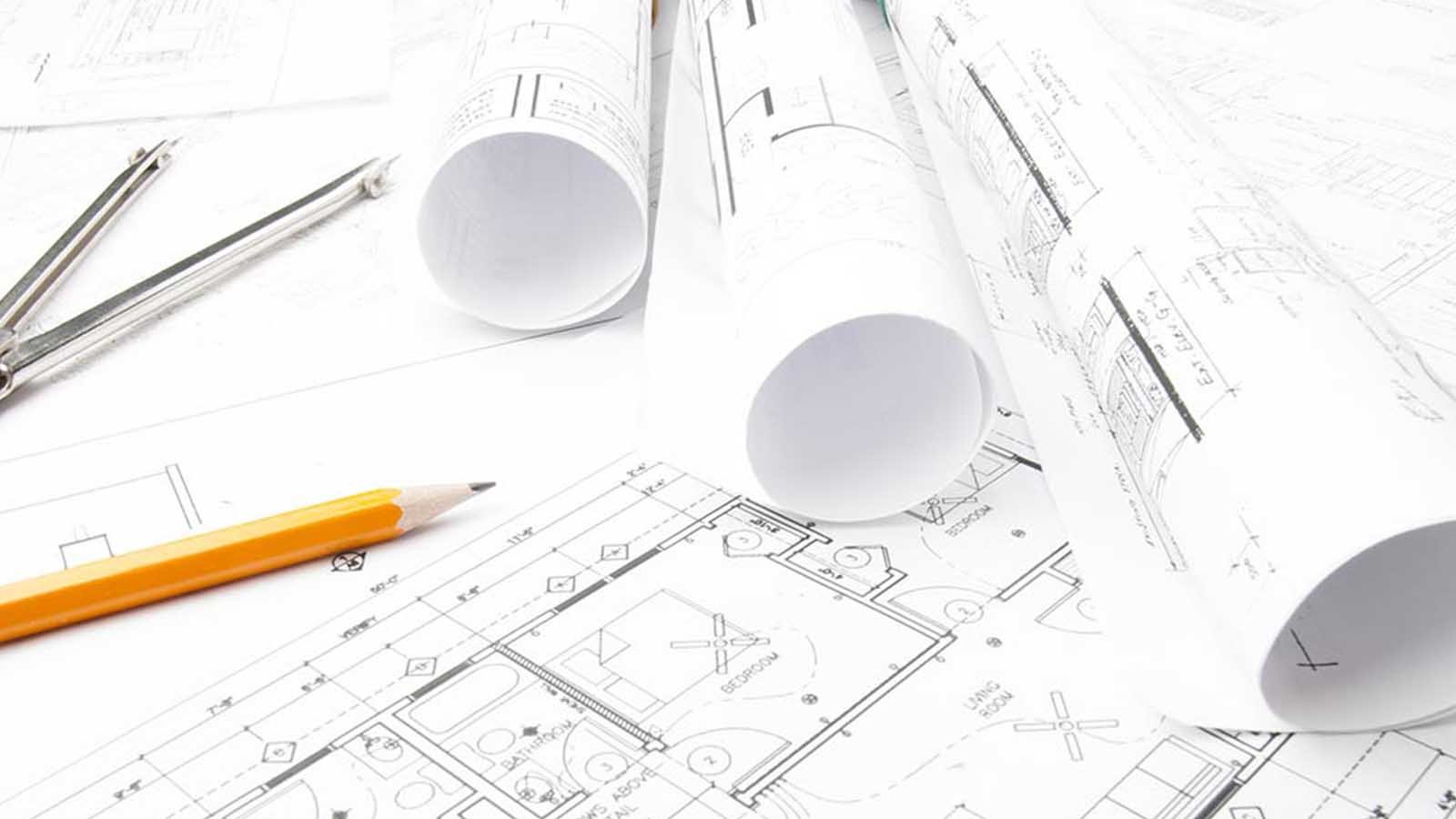
CAD Vs Modelling: Which Software You Need to Choose
This is very common questions that which software is best for Computer Aided Design and Modelling. The answer to that is a little complex, but it hinges on one simple idea: What are you trying to make? There are lots of great software packages for 3D design out there, each tailored to a different type of product design. Knowing what you are trying to make will dictate the type of software you will use. Depending on the goals of your design, you may use both types of software at different stages of the design process to make the final 3D-printable design.
Below, we’ll go over how they are different and provide a few examples of each software type.
CAD (Computer Aided Design/Drafting)
CAD programs ask the user to “draw” a 2D shape and then turn those drawings into 3D forms, as either solids or surfaces. Drafting software comes from a long lineage of product designers, architects, and engineers who would draw 2D plans, complete with measurements, which would be handed over to technicians or craftspeople who would interpret the designs and make the said object. This could be done manually or with a successive process of machining. Nowadays we have tools like 3D printing so that the design can be interpreted by other software (CAM or Computer-Aided Manufacturing) to create the tool path or slicing for 3D printing.
CAD programs take these 2D drawings and digitally translate them into 3D rendered “objects.” In some cases, these are just “shells” or surfaces, while other programs treat the object as mathematically solid material. Simple shapes can then be added or subtracted to create more complex forms.
Because CAD software takes its roots in 2D drafting it is mainly for functional, measured 3D objects. Any functional object around you (your phone or computer that you’re reading this blog on) was designed in CAD software.
Examples of CAD:
Solidworks: Industry standard CAD software
Fusion 360: Free for students, start-ups, and makers!
Tinkercad: great for beginners
Onshape: Cloud-based with a free option
3D Modeling
The CAD software is great for functional objects, things that need to work mechanically or fit a real-world device. That said they may not give direct enough control over a design to allow for freeform, artistic work. This is where 3D modeling software comes in. Long used by the film and video game industry to make animation and special effects, you can also use these programs to create printable 3D models.
Modeling software is based around surfaces created from 3D geometry. This may be based around a system called NURBS or may be simple polygons composed of vertices, edges, and faces. In many cases, programs will let you switch between these systems with ease, depending on your workflow. These points and surfaces come together to form the edges of a 3D object.
The advantage of modeling over CAD is that modeling software gives users direct input into each vertex or surface individually or as groups. This always for different ways to manipulate the shapes, often in ways that look more organic.
Some programs are even designed to treat 3D models as if they were lumps of clay so that designers can take a more sculptural approach. Using tools that emulate traditional artistic techniques, artists can get the most out of the geometry of a digital object.
Examples of 3D modeling software:
Sketchup: Free and popular
Maya: the Industry standard for film and animation
Blender: Free, open source, and runs some of Shapeways’ backend tools
ZBrush: Professional digital sculpting software
Sculptris: Simpler, free version of ZBrush for beginners
Overall, knowing what you want to achieve with your design is vital to choosing the right tool for you. If a design needs to be functional, fit to other real-world objects, or have specific measurements, starting with CAD is the way to go. If a designer wants to do both, try mixing and matching software within your process.
